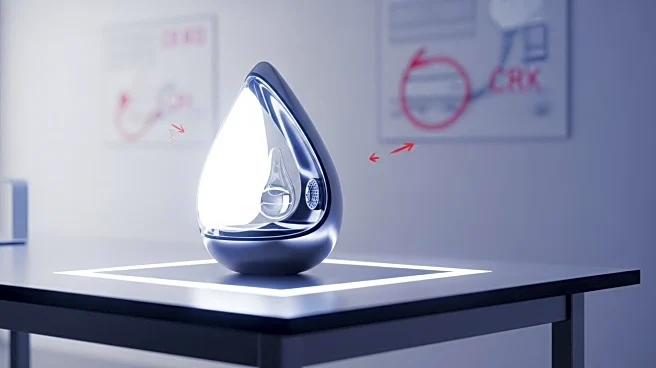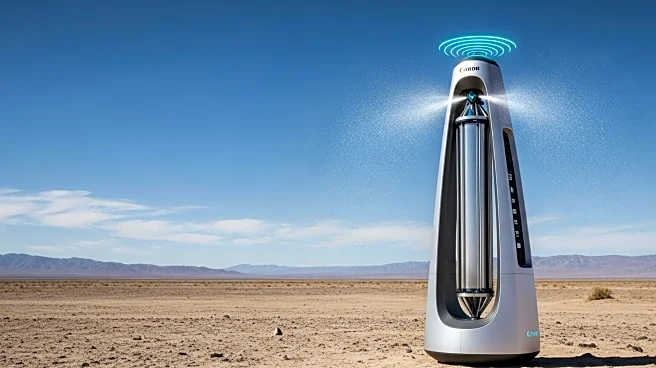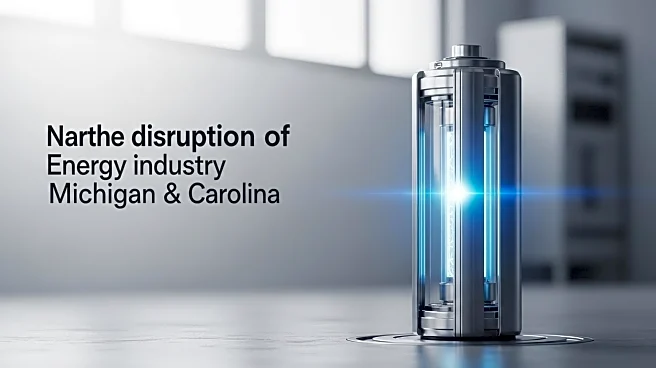What's Happening?
MIT engineers have developed a new atmospheric water harvesting device designed to extract drinking water from air, even in the driest regions like Death Valley. The device uses a hydrogel material infused with salt, which absorbs water vapor from the air and condenses it into drinkable water. This technology aims to address the global issue of water scarcity, affecting over 2 billion people worldwide. The device operates without power, relying solely on solar heat, and produces around two-thirds of a cup of water per day. Despite its potential, the technology faces challenges such as high costs and limited water yields, which critics argue may restrict its widespread application.
Why It's Important?
The development of atmospheric water harvesting technology is significant as it offers a potential solution to the growing problem of water scarcity exacerbated by climate change. With reservoirs shrinking and groundwater drying up, innovative methods like this could provide alternative water sources in arid regions. However, the technology's high cost and low yield may limit its practicality, making it more suitable for niche applications rather than large-scale water supply. If successful, it could benefit areas with unreliable water sources, such as Flint, Michigan, during its lead crisis, or regions with contaminated water supplies.
What's Next?
The future of atmospheric water harvesting technology depends on overcoming its current limitations. Researchers are working to scale up the technology and reduce costs, which could lead to broader commercial applications. Potential uses include providing ultra-pure water for semiconductor manufacturing and emergency situations like hurricanes. Companies like H2OLL and AirJoule are already exploring commercial pilot systems in regions like the Negev Desert and the southwestern United States. As the technology advances, it may become a viable option for addressing water scarcity in dry inland areas.
Beyond the Headlines
Atmospheric water harvesting raises broader concerns about its impact on global drying trends. While the technology 'borrows' water from the air and returns it to the global water system, its long-term effects on the environment remain uncertain. Critics argue that efforts should focus on optimizing existing water resources rather than extracting more from nature. The technology's popularity may stem from its appeal as a 'silver bullet' solution, but sustainable water management practices are crucial for addressing the root causes of water scarcity.













